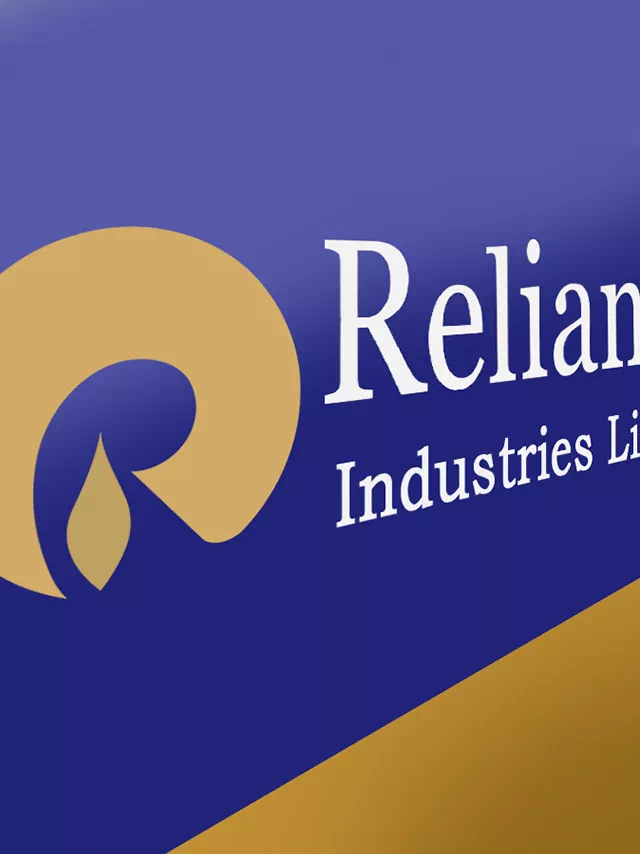The idea behind privatization is that private enterprise, driven by the profit motive, can provide goods and services more efficiently and effectively than the public sector. By transferring ownership and control of certain services and assets to the private sector, governments aim to improve the quality of services, reduce costs, stimulate economic growth, and raise revenue through the sale of government-owned assets. The concept of privatization has been implemented in various forms in many countries around the world, and its success has been the subject of ongoing debate and analysis.
Privatization is often seen as better for several reasons, including:
- Increased efficiency: private companies have a profit motive and are therefore incentivized to minimize costs and maximize output.
- Improved service quality: competition between private companies can lead to better products and services.
- Stimulus for economic growth: private investment can lead to job creation and increased economic activity.
- Reduction of government debt: by selling state-owned assets, governments can reduce debt and improve their fiscal position.
- Better allocation of resources: market forces can ensure resources are allocated to their most efficient use.
In practice, privatization can take several forms, including:
- Asset sales: the government sells a state-owned asset to a private buyer.
- Contracting out: the government contracts a private company to perform a service that was previously provided by the public sector.
- Public-private partnerships (PPPs): a government partners with the private sector to jointly deliver a service or finance a project.
There are several factors that governments consider when deciding to privatize a service or asset. These can include the desire to reduce government debt, improve the quality and efficiency of services, stimulate economic growth, and increase competition in markets. However, privatization can also lead to negative consequences, such as reduced regulation and oversight, decreased access to services for marginalized communities, and increased income inequality.
It’s important to note that the outcomes of privatization can vary depending on the specifics of the situation and the way it is implemented. For example, if the private company that takes over a previously public service is poorly managed, it could result in lower quality services and higher prices for consumers. On the other hand, if the government sets clear regulations and monitors the performance of the private company, privatization can lead to improved efficiency and better services.
Furthermore, the distribution of benefits and costs from privatization can also be uneven. While some individuals and firms may see benefits from increased competition and improved services, others may be negatively affected, such as employees of the public sector who may lose their jobs or face reduced wages.
There are alternative models to privatization, such as regulation, that can achieve similar goals without transferring ownership to the private sector. The choice between privatization and regulation is often a matter of political ideology, with some believing that markets are more effective at delivering goods and services, while others believe that public ownership and regulation are necessary to protect the public interest.
The wider implications of privatization beyond just the delivery of specific goods and services. For example, the transfer of ownership and control of essential services, such as water and electricity, from the public sector to private companies, can raise concerns about access and affordability for vulnerable populations.
Moreover, the impact of privatization on the economy as a whole should also be considered. For example, the sale of government-owned assets can provide a short-term boost to government revenue, but it can also lead to a loss of long-term income streams, such as dividends from state-owned enterprises.
Additionally, privatization can also have political implications, as it can alter the relationship between citizens and their government. When services and assets are transferred to the private sector, citizens may have fewer opportunities to participate in decision-making and may feel that they have less control over essential services.
In light of these wider implications, it’s important for governments to engage in open and transparent discussions with citizens and other stakeholders before making a decision to privatize. This can help to build public trust and ensure that the decision is informed by a full understanding of the potential benefits and drawbacks.
In conclusion, while privatization can offer several potential benefits, it is a complex and multifaceted issue that requires careful consideration of a range of economic, social, and political factors. The advantages and disadvantages of privatization are complex and context-specific, and it is important for governments to carefully weigh the pros and cons before making a decision to privatize a service or asset. The decision to privatize should be based on a thorough analysis of the potential benefits and drawbacks, as well as the specific context and needs of the country or region.






